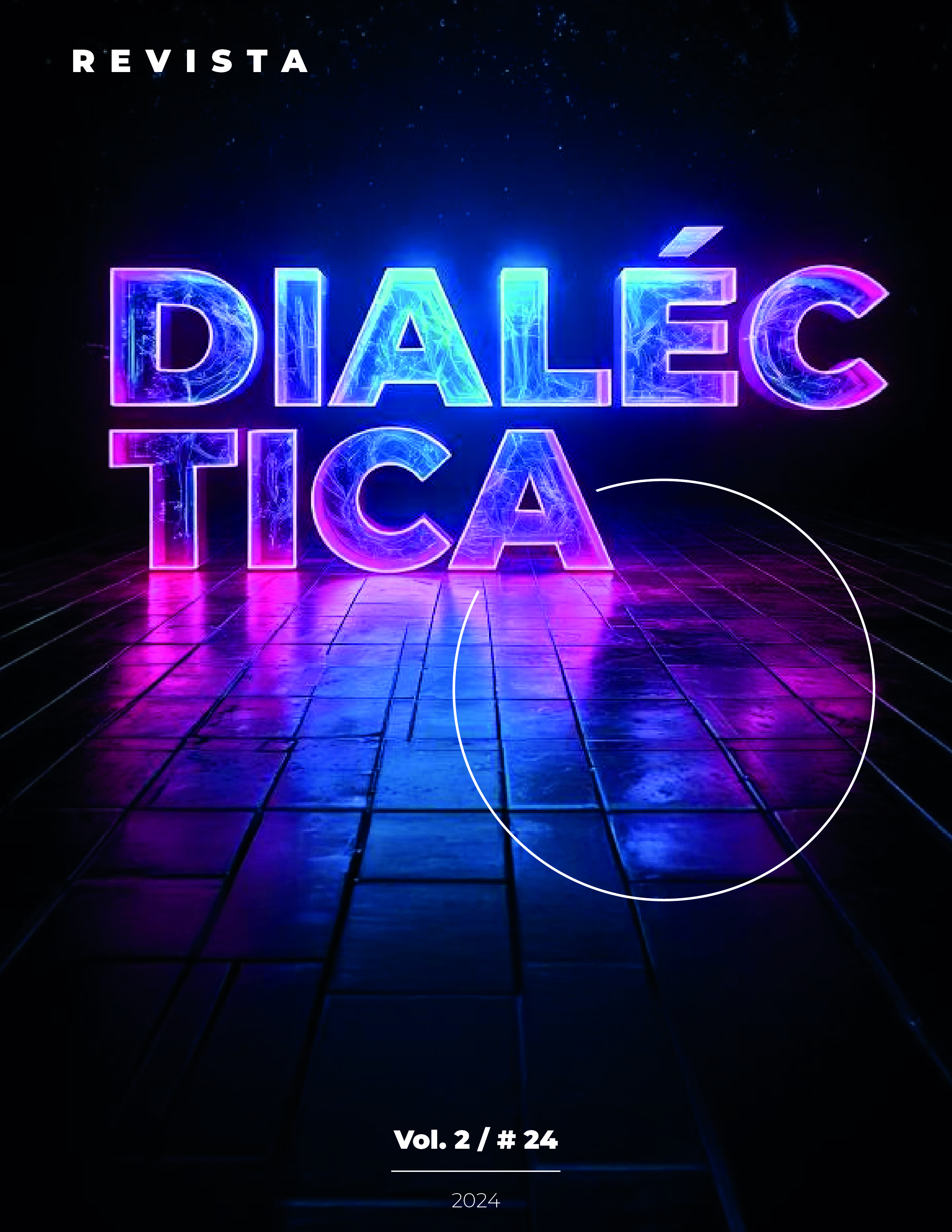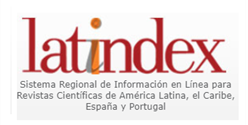REFLECTIONS ON THE USE OF INCLUSION STRATEGIES IN STUDENTS WITH AUTISM SPECTRUM DISORDER (ASD)
DOI:
https://doi.org/10.56219/dialctica.v2i24.3454Keywords:
Reflections, Inclusion strategies, pedagogical guidelines, autism spectrum disorder (ASD).Abstract
The objective of this article is to reflect on the use of inclusion strategies in students with Autism Spectrum Disorder (ASD) within the Colombian educational system. These strategies are analyzed based on documents and research related to the educational care route for students with ASD, which guides educational institutions to promote the participation and learning of these students within the framework of inclusive education; To do this, the three transversal axes that support and guide the educational trajectory of this population are taken into account. Pedagogical guidelines are a starting point to establish specific objectives in the classroom and thus adjust pedagogical practices in favor of learning and the development of skills and competencies in students with ASD. It is worth mentioning that the success of the teaching-learning process is in turn mediated by the insertion of the characteristics and needs of each student, the development opportunities offered by the context and the mitigation of the restrictions that it imposes.
Downloads
References
Payán, L. (2018). Estrategias para la atención educativa de alumnos con TRASTORNO DEL Espectro Autista (TEA) en educación básica. Recuperado: https://www.fundaciontorresyprada.org/wp-content/uploads/2023/04/ESTRATEGIAS-PARA-LA-ATENCION-EDUCATIVA-DE-ALUMNOS-CON-TRASTORNO-DEL-ESPECTRO-AUTISTA-TEA-EN-EDUCACION.pdf
Celis, G y Ochoa, M. (2022). Transtorno del Espectro Autista (TEA). Revista de la Facultad de Medicina de la UNAM. 65,1. Recuperado: https://www.scielo.org.mx/pdf/facmed/v65n1/2448-4865-facmed-65-01-7.pdf DOI: https://doi.org/10.22201/fm.24484865e.2022.65.1.02
Morales, Y, y Castro, P. (2016). Estrategias pedagógicas dirigidas a maestros para incentivar la literatura infantil de niños y niñas con autismo en educación básica primaria del Instituto Técnico Guaimaral. Revista Científica virtual de Pedagogía. Recuperado: http://repositoriodspace.unipamplona.edu.co/jspui/bitstream/20.500.12744/8494/3/Hern%C3%A1ndez%20_%20Castro_2016_TG.pdf
Carrascón, C. (2016). Señales de alerta de los trastornos del espectro autista. Curso de Actualización Pediatría 2016. Madrid, España. Recuperado: https://www.aepap.org/sites/default/files/2em.2_senales_de_alerta_de_los_trastornos_del_espectro_autista.pdf
Silva, A. (2021). Estrategias pedagógicas aplicadas a estudiantes con autismo de la corporación nueva granada. [Proyecto de grado, Universidad de Pamplona]. Repositorio Unipamplona. Recuperado: http://repositoriodspace.unipamplona. edu.co/jspui/bitstream/20.500.12744/4315/1/Silva_2021_TG.pdf
American Psychiatric Association (2013). Diagnostic and statistical manual of mental disorders (5ª ed.). American Psychiatric Association. DOI: https://doi.org/10.1176/appi.books.9780890425596
World Health Organization. (2019). International classification of diseases and related health problems (11th ed.) OMS. Recuperado: https://icd.who.int/
Papazian, O., Alfonso, I. y Luzondo, R. J. (2006). Trastornos de las funciones ejecutivas. Revista de Neurología, 42, 45-50. Recuperado: http://www.publicacions.ub.es/refs/articles/trastornsfe.pdf DOI: https://doi.org/10.33588/rn.42S03.2006016
Delgado, K., Vivas, D., Sánchez, J., y Carrión, C. (2021). Educación inclusiva en la educación superior: propuesta de un modelo de atención en Ecuador. Redalyc, 27(3). Recuperado: https://www.redalyc.org/journal/280/28068276002/ 28068276002.pdf
Domínguez, S, y Ochoa Cubillos, A. (2016). Hacia una educación superior inclusiva en Colombia. Pedagogía y Saberes, 45, 41-52. http://scielo.org.co/pdf/pys/n45/n45a05.pdf
Mayor, F. (2014). Declaración de salamanca y marco de acción para las necesidades educativas Especiales. Organización de las Naciones Unidas para la Educación, la Ciencia y la Cultura [UNESCO]. Ministerio de Educación y Ciencia de Salamanca, España. Recuperado: https://unesdoc.unesco.org/ark:/ 48223/pf0000098427_spa
Ministerio de Educación Nacional [MEN]. (2018). Programa de educación inclusiva con calidad "construyendo capacidad institucional para la atención a la diversidad". Revolución educativa Colombia aprende. Recuperado: https://ridum.umanizales.edu.co/xmlui/bitstream/handle/20.500.12746/243/109_370.117_AG150%20file3.pdf?sequence=3
Ministerio de Educación Nacional [MEN]. (2020). Índice de inclusión para la Educación Superior Inclusiva. Fundación Saldarriaga Concha. Recuperado: https://www.mineducacion.gov.co/1759/articles-357277_recurso_1.pdf
Decreto 1421 de 2017. (2017, 29 de agosto). Gestor normativo. Diario Oficial No. 50.340. Recuperado: https://www.funcionpublica.gov.co/eva/gestornormativo/norma.php?i=87040
Abinader, L., Peña, R., y Hernández, A. (2020). Estrategias de enseñanza aprendizaje para la inclusión educativa de todos y todas con énfasis en trastorno del espectro autista. Gobierno de la República Dominicana. Recuperado: https://www.unicef.org/dominicanrepublic/media/7991/file/Estrategias%20de%20Ensenanza%20Aprendizaje%20%7C%20Trastorno%20del%20Espectro%20Autista%20-%20PUBLICACION.pdf
Downloads
Published
How to Cite
Issue
Section
License
Copyright (c) 2025 DIALÉCTICA

This work is licensed under a Creative Commons Attribution-NonCommercial-ShareAlike 4.0 International License.
La revista Dialéctica conserva los derechos patrimoniales (copyright) de las obras publicadas, que favorece y permite la reutilización de los mismos bajo la licencia Creative Commons Atribución-NoComercial-CompartirIgual 4.0 , por lo cual se pueden copiar, usar, difundir, transmitir y exponer públicamente, siempre que se cite la autoría y fuente original de su publicación (revista, editorial, URL y DOI de la obra), no se usen para fines comerciales u onerosos y se mencione la existencia y especificaciones de esta licencia de uso. Si remezcla, transforma o crea a partir del material, debe distribuir su contribución bajo la misma licencia del original.











